Wild cats get much of their water when they eat their prey and do not have a strong drive to drink water as do dogs and people. House cats who eat dry kibble need to drink extra water because they do not eat fresh, live prey. However, convincing this notoriously picky creature they should drink more water is no easy task. Have you ever tried to get a cat to do something they didn’t want to do?
Our Willow Wood Animal Hospital team knows that hydration helps flush the kidneys and urinary tract in the prevention or treatment of chronic kidney disease, bladder crystals or stones, and bladder inflammation. Good hydration is also important for digestion and nearly all other body processes. Read our tips and tricks to help encourage your picky cat to drink more water.
#1: Provide your cat with multiple water bowls throughout the home
Your cat is more likely to drink water if they have easy access throughout your home. Rather than consciously deciding to seek out water, your cat may drink because the water is right there. Ensure you put at least one water bowl immediately next to your feline friend’s main food dish, as many cats switch between eating and drinking during meals. Place additional water bowls in the home areas your cat frequents, but avoid placing them near the litter box.
#2: Try different water bowl materials to determine your cat’s preference
Your cat may avoid drinking because they don’t like their bowl’s size, shape, or material. To determine your feline friend’s preference, offer them several water bowl options made from various materials, including plastic, ceramic, metal, and glass. Replace all bowls with your cat’s preference throughout your house to increase your feline friend’s hydration opportunities.
#3: Use running water to entice your cat
Some cats are attracted to running water because they like the flowing sound or visual effect, prefer the taste or smell, or simply do not enjoy still water from a bowl. You can provide running water by leaving a faucet dripping or turning on the tap when your cat shows interest. Cat drinking fountains have become popular because they offer constantly moving, filtered water that is always fresh. Ensure you clean the fountain at least once per week and replace the filter as the product manufacturer indicates.
#4: Refill and clean your cat’s water bowls daily
If your cat drinks immediately after you replace the water but boycotts the bowl later in the day, they may not like the water’s taste or temperature after it sits out for a while. Replace the water more frequently to maintain your cat’s interest, and keep the bowl spotlessly clean to prevent odors and bacterial growth that may be preventing your feline friend from coming back. Another hydration-encouraging trick is to fill the bowl completely to the top, as some cats dislike the sensation of their whiskers touching the bowl’s edges.
#5: Offer your cat different water or include additives
If your cat simply dislikes the taste of your home’s tap water, offer your feline friend bottled or flavored waters to see whether these products strike their fancy. However, avoid waters that include sweeteners, salt, chemicals, or other additives that could be harmful. You could also add a small amount of chicken broth to entice your cat to drink, but check the ingredients list and ask our Willow Wood Animal Hospital team to verify a product’s safety before offering it to your feline friend. Depending on your cat’s particular needs, our team may also recommend one of several veterinarian-approved additive products created specifically for cats.
#6: Add water to your cat’s food
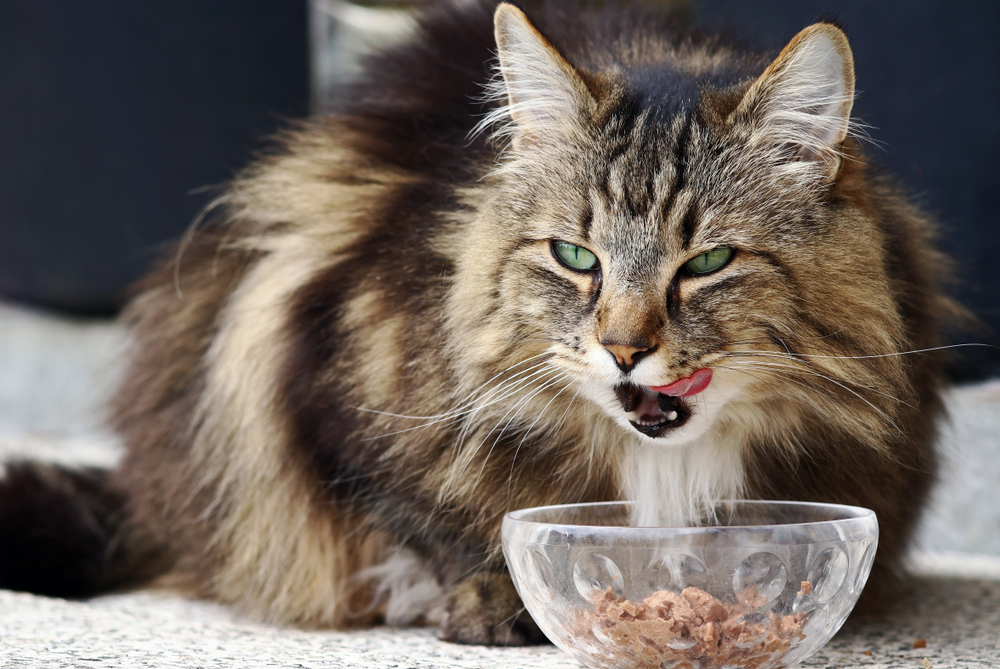
Feeding your cat canned wet food is a good way to increase your feline friend’s fluid intake. However, if your cat has never eaten canned food or prefers dry kibble, a sudden diet change may cause them to stop eating altogether. Cats with kidney disease often experience nausea, vomiting, or weight loss, so their nutrition is important. If you want to introduce your cat to canned wet food, transition gradually by adding a tiny bit more canned food to your cat’s dry kibble each day. If at some point during the transition your cat decides they do not like the wet-to-dry food proporation, return to feeding only dry food. You can also try gradually increasing water to your cat’s dry food, but remember to increase the water amount extremely gradually.
You likely know that adequate hydration is important to all species’ overall health and wellbeing. Keeping your cat hydrated helps prevent many common kidney and urinary tract issues, but annual veterinary visits and diagnostic screenings are important to help ensure your feline friend remains healthy. To schedule your cat’s wellness visit or to discuss their nutrition and hydration needs, contact our Willow Wood Animal Hospital team.


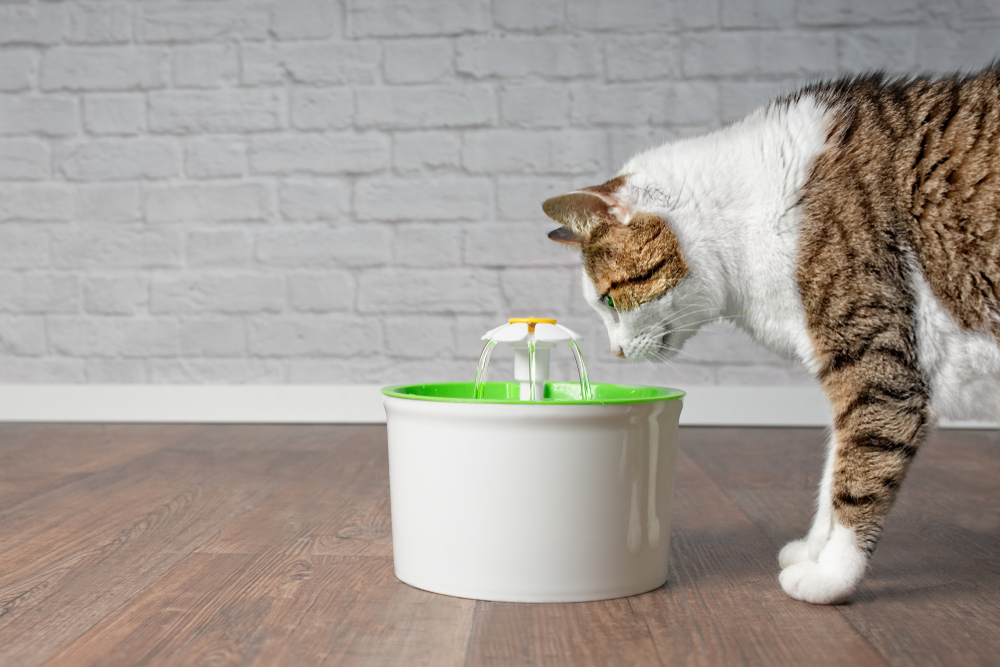
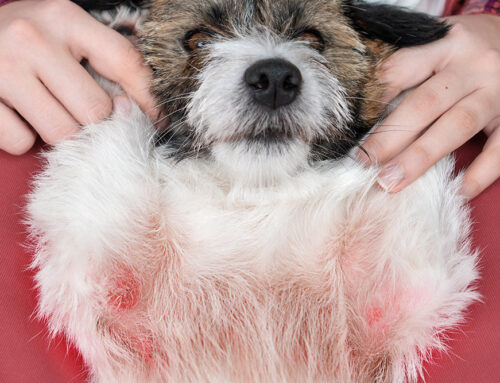
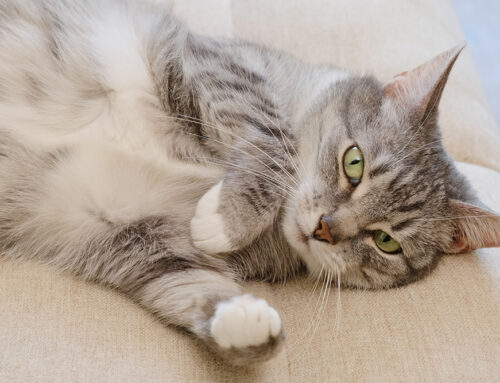
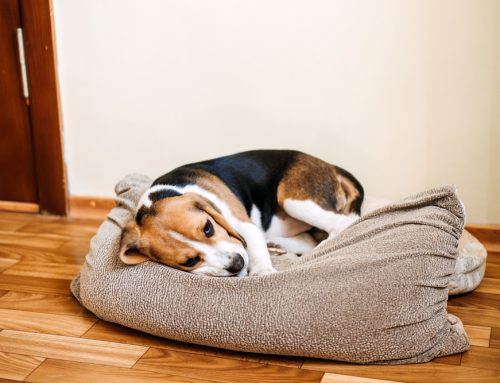

Leave A Comment